Rebar steel: Rebar, short for reinforcement bar is the backbone of construction. While often unseen beneath layers of concrete, this vital component plays a critical role in ensuring the strength, stability, and longevity of countless structures worldwide. Whether it’s towering skyscrapers, massive bridges, or humble residential homes, rebar steel provides the reinforcement necessary to withstand the forces of nature and the test of time.
The Importance of Reinforcement:
At its core, construction is about building structures that stand strong and endure. Rebar steel acts as a reinforcement, providing much-needed strength to concrete, which, although robust, can be prone to cracking and structural instability under heavy loads or external forces. By integrating rebar steel within concrete, we create a composite material capable of withstanding tremendous pressure, ensuring the longevity and safety of the structures we rely on.
Building with Purpose:
Construction is an art of creation, where architects’ visions come to life and engineers’ ingenuity shapes the physical world. Yet, no matter how grand or innovative the design, without the strength provided by rebar steel, these creations would crumble under pressure. Rebar steel acts as the backbone of construction, providing the necessary reinforcement to withstand forces, support heavy loads, and resist the challenges of nature.
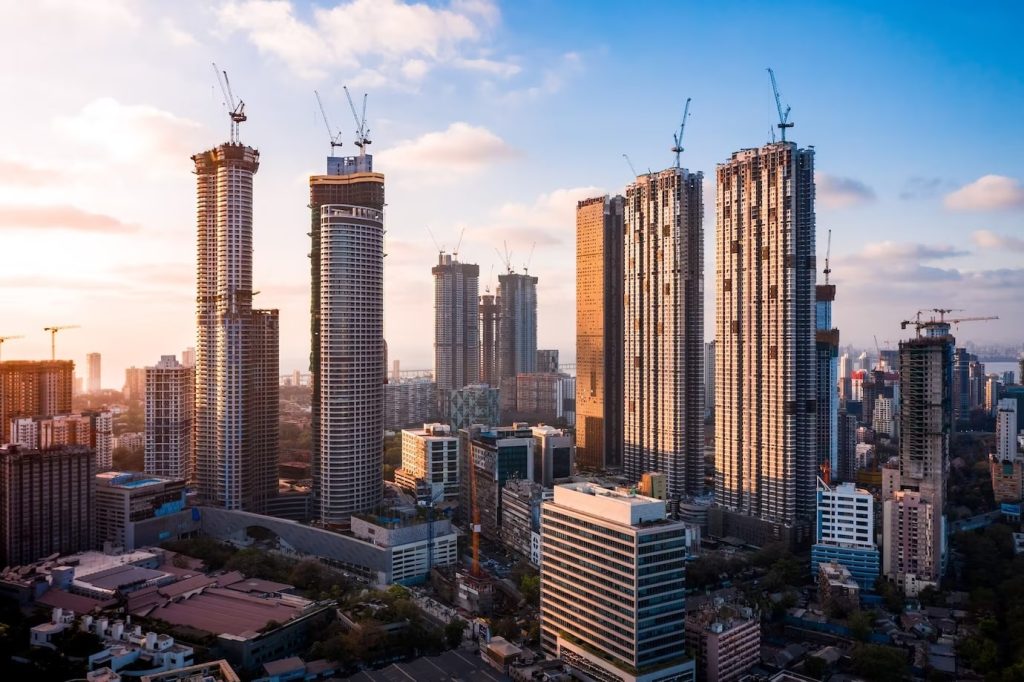
The Strength Within:
Rebar steel’s primary function is to fortify concrete structures, unleashing their true potential. By integrating rebar steel into concrete, we create a composite material that combines the best of both worlds. The concrete provides compressive strength, while the rebar steel adds tensile strength, allowing structures to resist bending, cracking, and collapse. This dynamic duo creates a powerful synergy, enabling construction projects to reach new heights, literally and figuratively.

Types of Rebar Steel:
Rebar steel comes in various types, each tailored to specific applications and performance requirements. We explore the most common types, including:
– Mild Steel Rebar: The traditional choice, mild steel rebar offers excellent ductility and affordability, making it suitable for a wide range of construction projects.
– Deformed Rebar: By introducing deformations, such as ribs or lugs, deformed rebar enhances the bond between steel and concrete, providing improved load transfer and resistance against slippage.
– Epoxy-Coated Rebar: To combat corrosion, epoxy-coated rebar features a protective coating that acts as a barrier against moisture and corrosive elements, extending the lifespan of structures.
– Stainless Steel Rebar: In environments where corrosion is a significant concern, stainless steel rebar shines. Its high chromium content provides exceptional resistance to rust and harsh conditions.
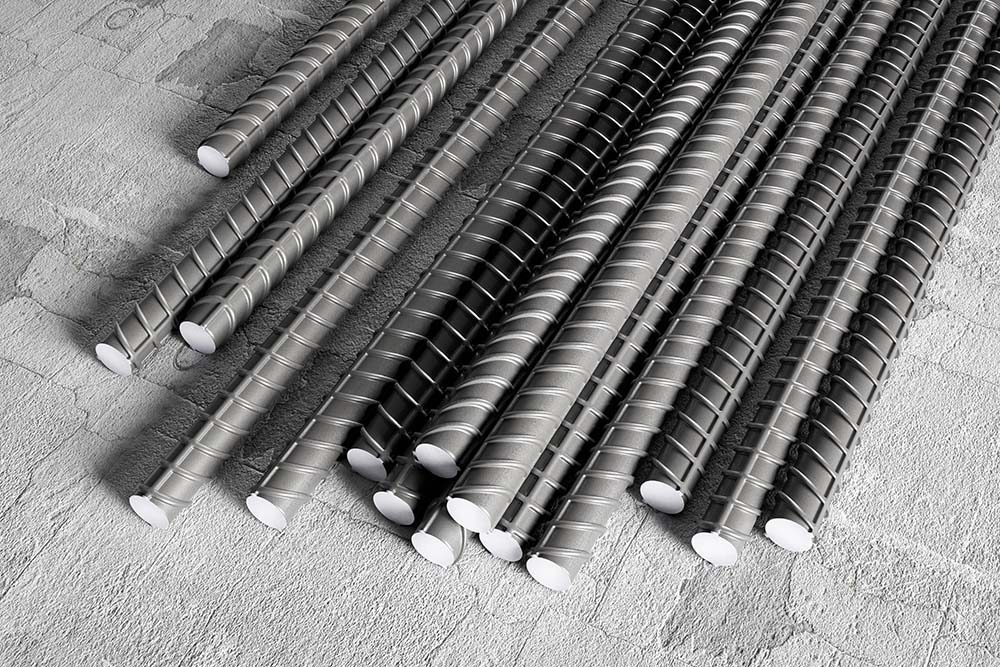
Manufacturing Process:
The manufacturing process of rebar steel is a meticulous and precise operation. We delve into the steps involved, from sourcing the raw materials to the heating, shaping, and finishing techniques employed. Understanding the manufacturing process sheds light on the quality and performance of rebar steel, ensuring builders and engineers make informed decisions when selecting the appropriate reinforcement for their projects.
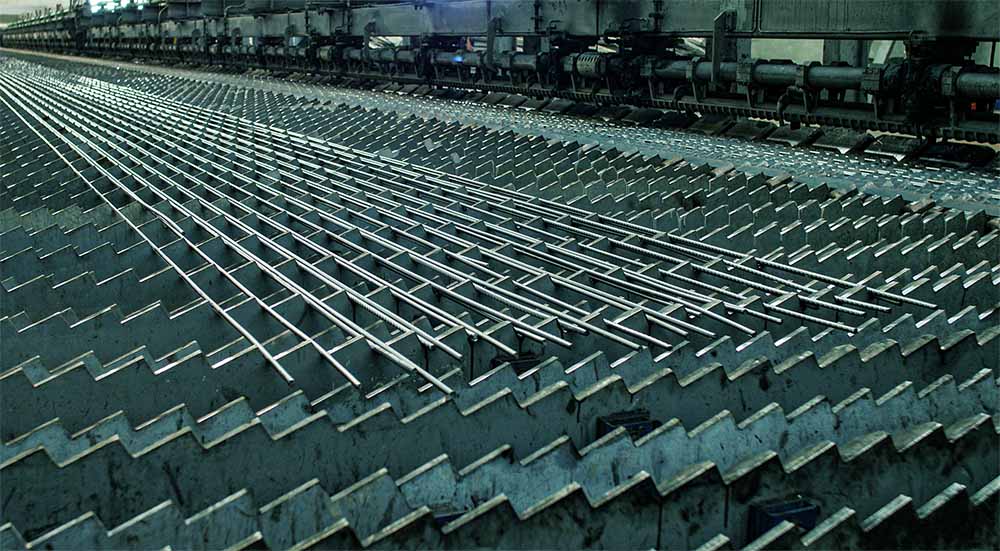
Proper Installation and Placement:
The effectiveness of rebar steel lies not only in its quality but also in proper installation and placement. We discuss best practices, such as correct spacing, adequate concrete cover, and the importance of securing rebar in place to prevent shifting during the pouring and setting of concrete. Attention to detail during installation ensures optimal reinforcement, minimizing the risk of structural issues and ensuring the longevity of the structures.
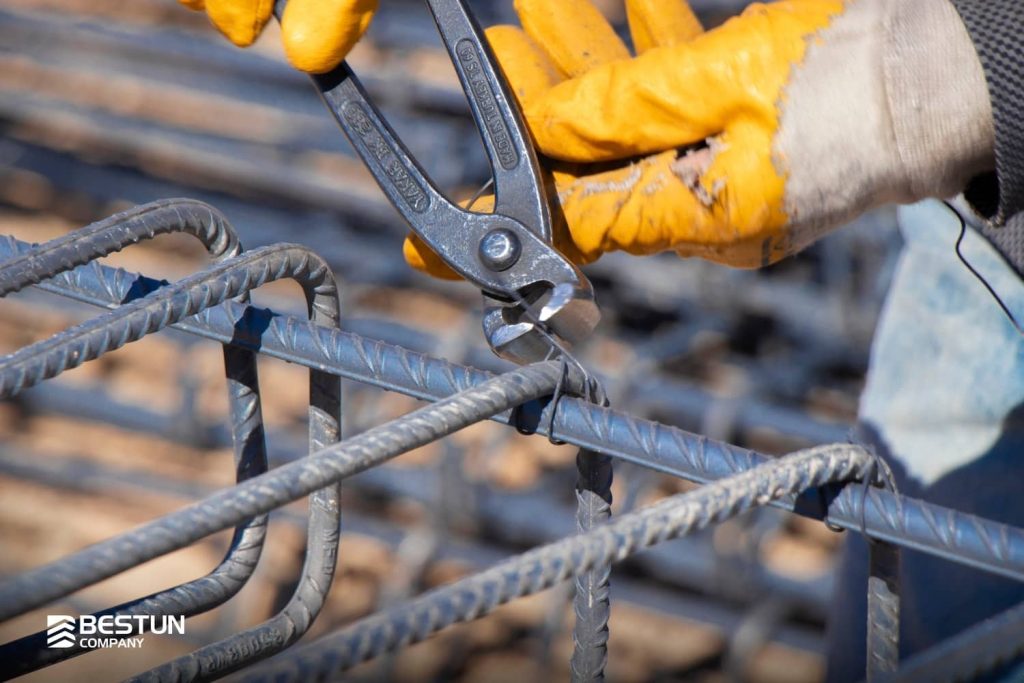
Resilience for the Future:
As we strive for sustainable and resilient construction, rebar steel plays a crucial role. Its ability to withstand seismic events, extreme weather conditions, and structural challenges helps create structures that can stand the test of time. By embracing rebar steel, we foster the development of resilient cities and infrastructure that can adapt to the changing needs of our society.
Real-World Examples:
We explore remarkable examples of how rebar steel has transformed the construction landscape. From the Burj Khalifa in Dubai to the Golden Gate Bridge in San Francisco, these iconic structures demonstrate the immense strength and capabilities of rebar steel, pushing the boundaries of engineering and inspiring future innovations.

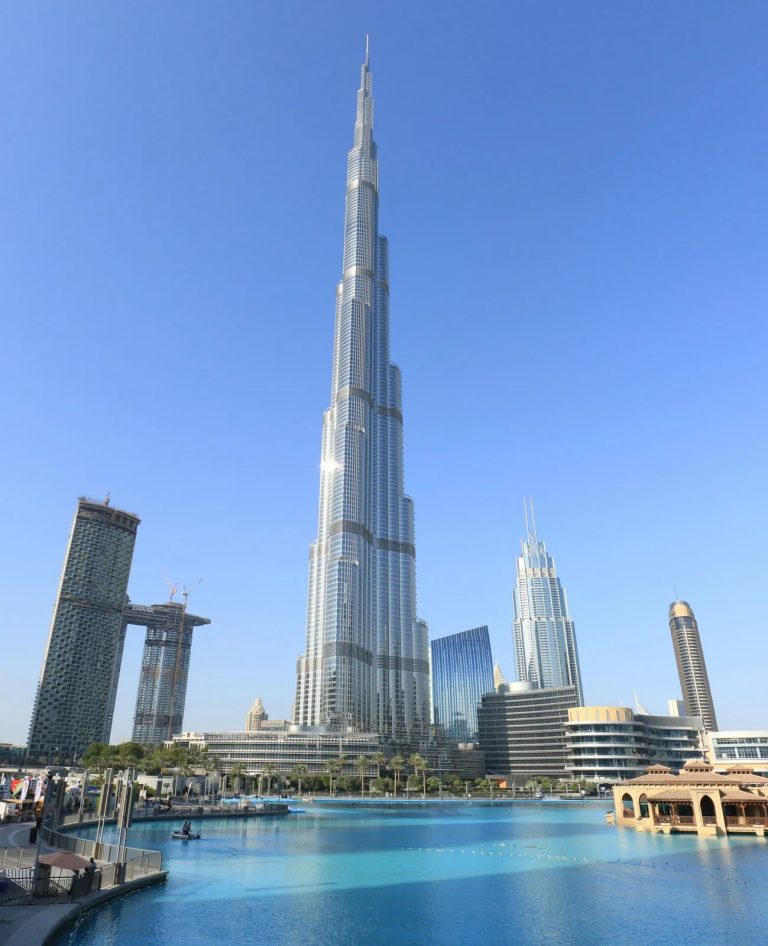



Conclusion:
Rebar steel may remain hidden within the structures we admire, but its impact on construction is undeniable. Its presence ensures the structural integrity, stability, and durability of the built environment. From enhancing strength to combating corrosion, rebar steel plays a vital role in construction projects of all scales. By appreciating the power of rebar steel, we gain a deeper understanding of the engineering marvels that surround us and the meticulous craftsmanship that goes into building a safer and more resilient future.
